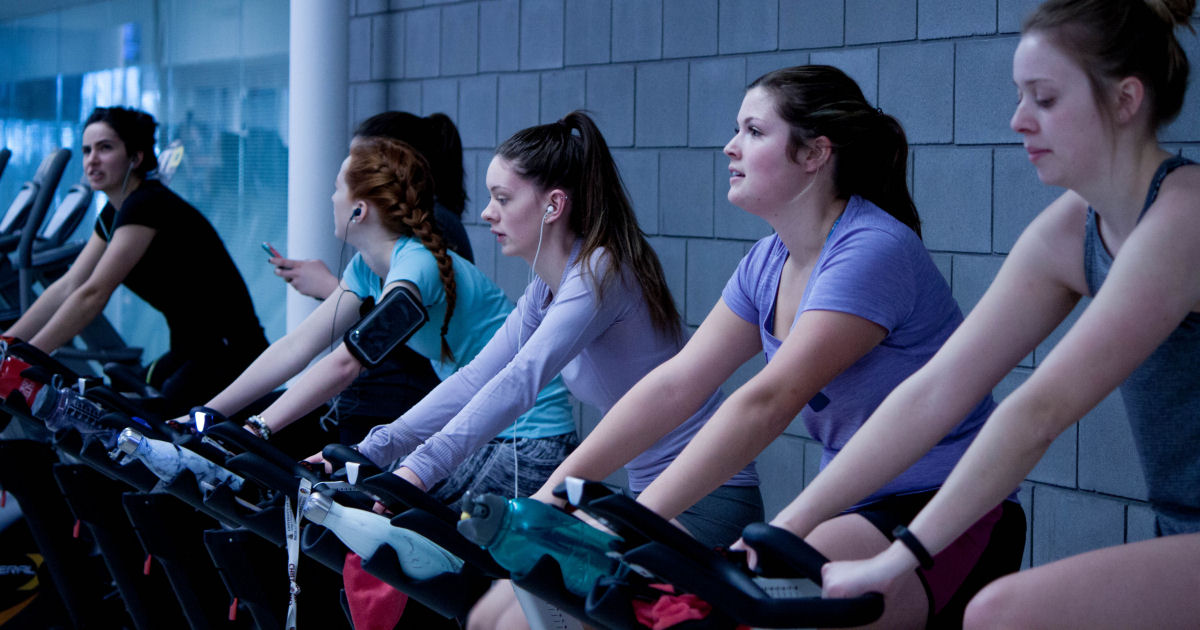Why Cardio is not Enough to Lose Weight
What does it take to start a diet and see results? Not only do we need to evaluate the type of foods we are consuming but also the numbers of calories in relation to total energy we burn each the day. It is important to increase the amount of activity we do each day. This will increase the amount of energy we expend daily. For example, taking additional steps throughout the day is a smart way to boost your activity, but hitting the gym can be even more beneficial. Cardio is often considered one of the best ways to lose weight, but is it really all we need?
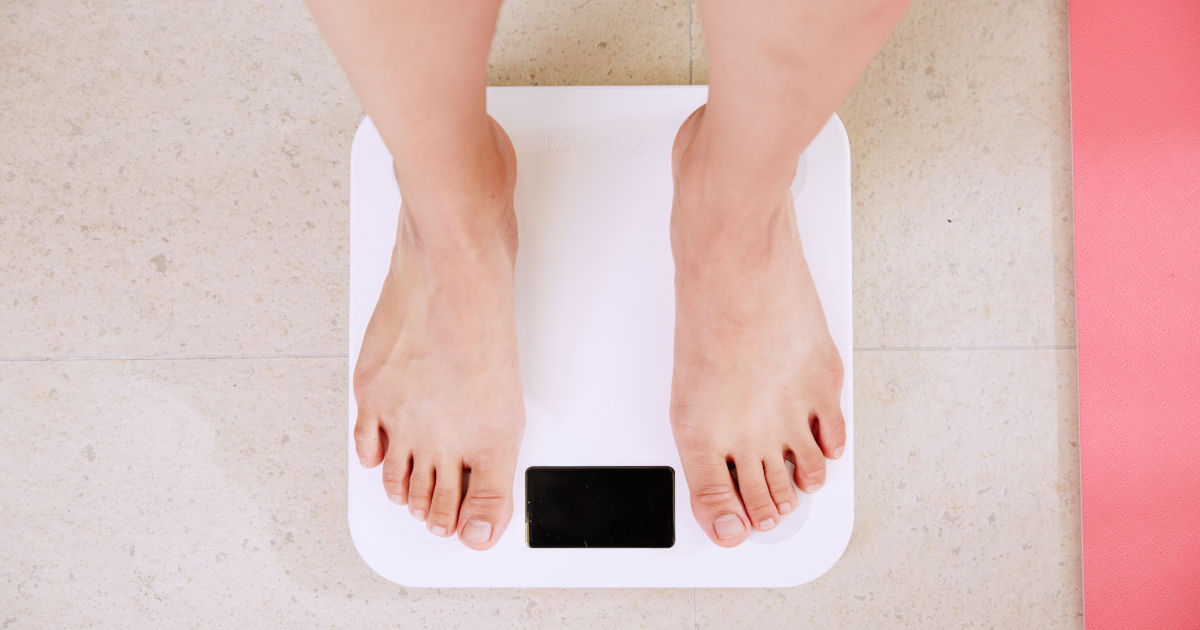
Let’s look at the best gym programmes to follow if we want to see effective weight loss on the scales!
Why Cardio Alone is Not Enough

For years we thought that running on a treadmill for 45 minutes was the only sure fire way to lose weight. Endurance training such as low heart rate intensity exercises (elliptical, bike, run) require us to work longer to enter the fat-burning zone. We definitely burn fat and therefore use calories, but the end goal is to increase our total calorie expenditure. For that, high-intensity exercise is more efficient than basic cardio.
High-Intensity Cardio

If we are going to jump on that treadmill we might as well switch to high-intensity training. High-Intensity Interval Training (HIIT) forces the body to work hard for a certain time, alternating with a brief rest period and then has us gather our strength and power for another short burst of harder work.
This type of high-intensity cardio training boosts the metabolism. This allows us to continue burning more calories for up to 12 hours after we are done training. That’s right – even when we are sat at home resting!
Injury Prevention
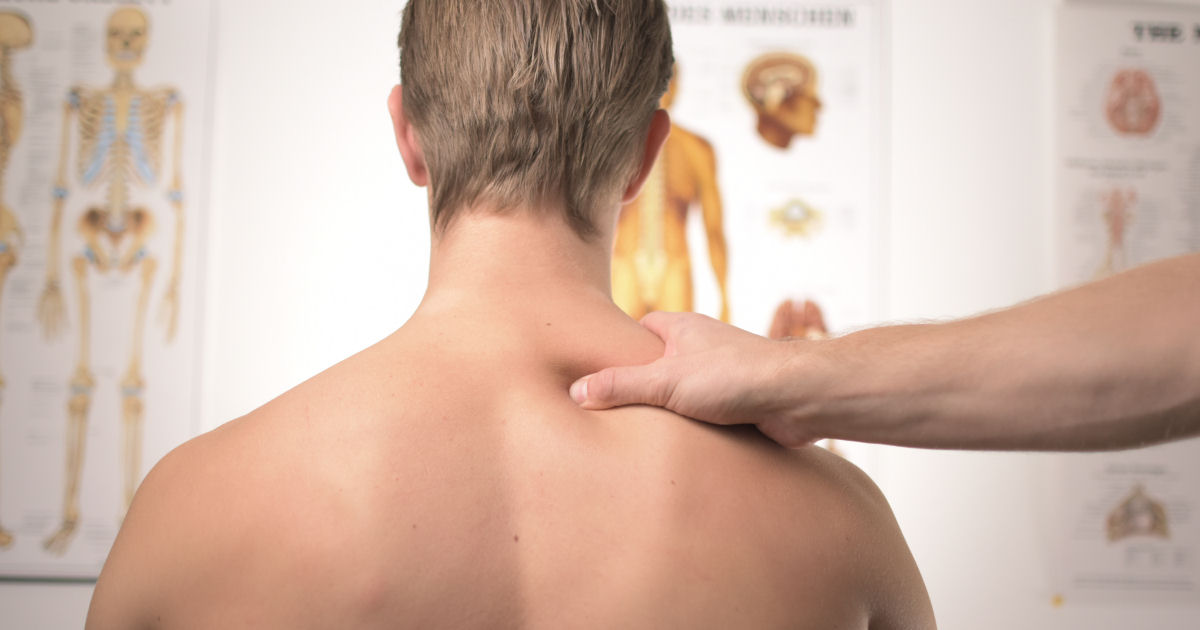
Endurance training without a strong muscle foundation can lead to injuries. Most people are likely to suffer from joint pain when they lack solid posterior chain muscles or the upper body strength to hold their entire body in good form while doing cardio for a long period of time. It is important to work on building these core muscles in order to support your body during cardio.
Strength Training

Resistance training or weight training in between or implemented into a cardio session will compel muscles to break, adapt and grow. This process increases lean muscle mass which is what we want to create a fit shapely figure and eradicate fat. Again, metabolic rate plays an important role in this process as the calories we consume at rest feed off muscles as they rebuild themselves.
What Else?
Intensity
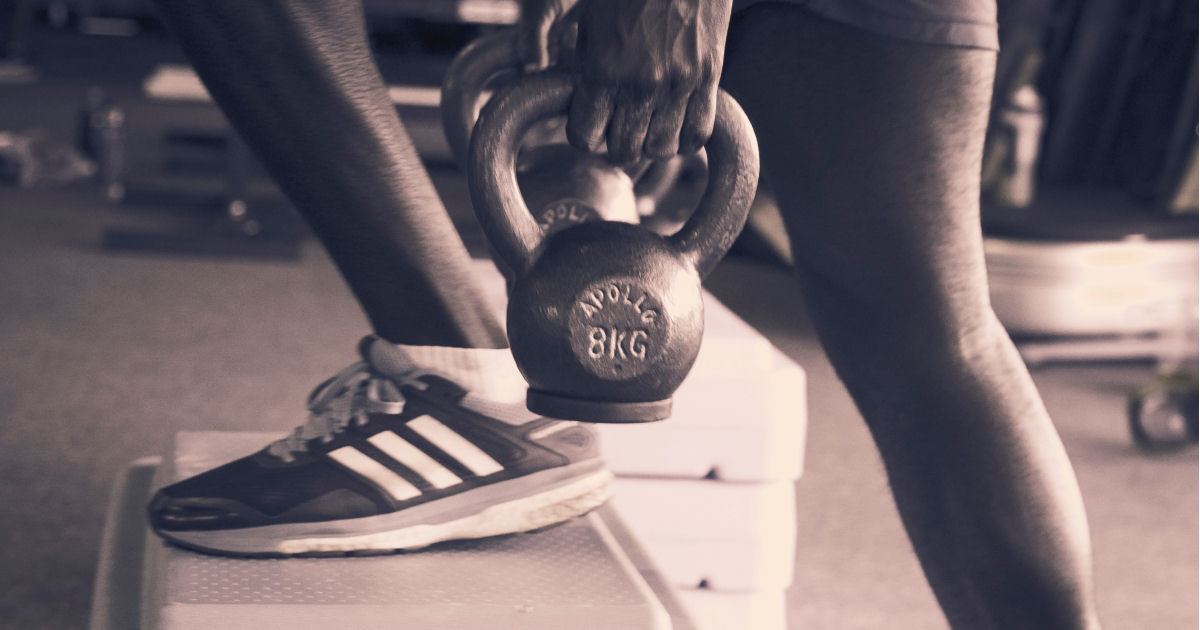
When measuring the number of calories we roughly need to eat per day, we need to make sure that we are being realistic about the energy spent. If we are sitting around all day and then training for an hour, even if it is an intense cardio workout, it most likely will not burn over 500 calories.
Macros

We might want to explore the path of counting macros. If we are looking to lose weight, we need to balance our macronutrients intake. For instance, overeating proteins and fats to the detriment of carbs is a common mistake. Counting macros balances all three major macronutrients throughout the day.
Resting
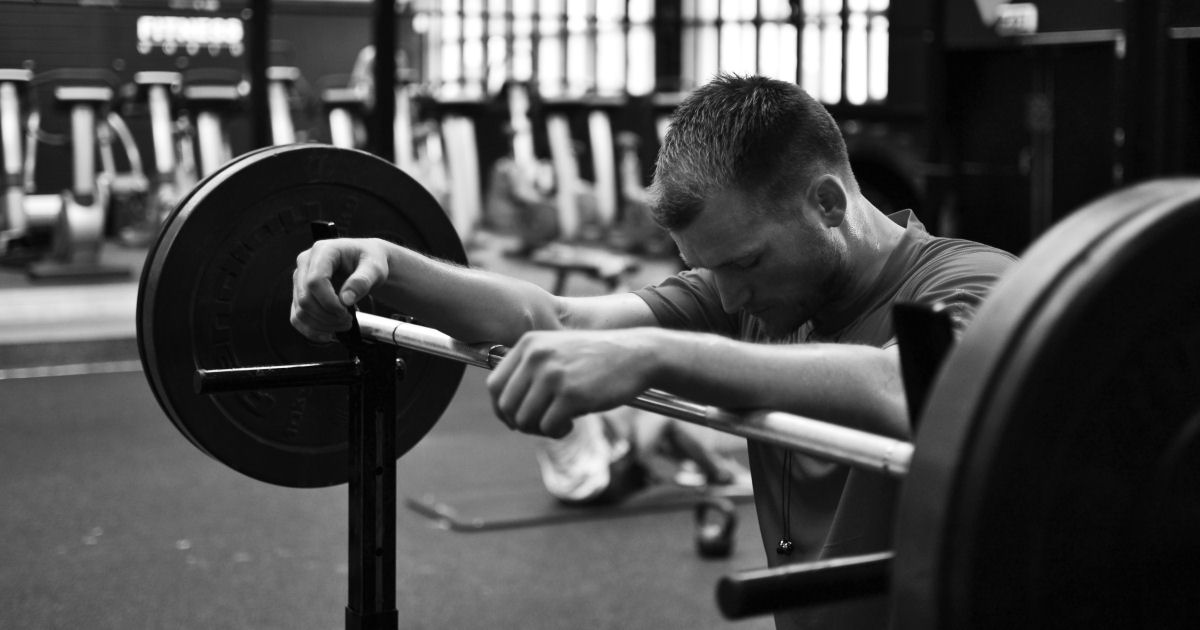
Weight training is strenuous on muscles. They need to follow their natural growth process which is to tear and rebuild. Cardio and weight training is the most effective programme to date for weight loss. Rest is the body’s only chance to adapt. It is not a failure to alternate 2 days of rest for one day of intensive training. Recovery is something we need to plan carefully. We are building the necessary foundations to propel ourselves to reaching our ultimate goal!
